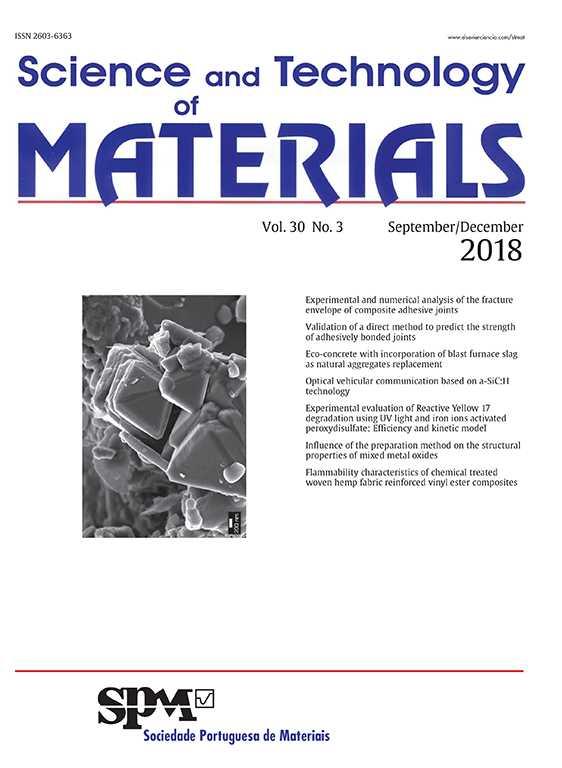Cork products for the construction industry have an important contribution and remarkable advantages, namely insulation corkboard (ICB). The production of insulation corkboards uses only superheated steam, using steam generators fed with their own waste obtained in cork grinding and board finishing operations, not introducing any other products that are not exclusively cork. The agglomeration is based on cork resins, being a 100% natural and ecological product. At the end of the period of use, this product may come to be used in identical applications, since some tests showed that after this time the look and the essential properties of this insulation material are unchanged. In the case that this is not possible its grinding is promoted, obtaining a re- granulate which is used for new applications in thermal insulation or to be used as inert in the manufacture of light concrete and mortars. Considering an apparent density average value of 120 kg.m-3 and an average value of 90,000 m3/year for the total ICB production, this corresponds to a CO2 equivalent (sequestration) of more than 25,500 ton/year and corresponds to the pollution of more than 11,200 cars/year.
Información de la revista
Vol. 25. Núm. 1.
Páginas 38-41 (enero - junio 2013)
Vol. 25. Núm. 1.
Páginas 38-41 (enero - junio 2013)
Acceso a texto completo
Insulation corkboard for sustainable energy and environmental protection
Visitas
1633
Luís Gil
Autor para correspondencia
Laboratório Nacional de Energia e Geologia I.P., Estrada do Paço do Lumiar,1639-038 Lisboa, Portugal
Este artículo ha recibido
Información del artículo
Abstract
Keywords:
cork
insulation corkboard
sustainable construction
sustainable materials
El Texto completo está disponible en PDF
References
[1]
L. Gil.
Cienc. Tecnol. Mater, 23 (2011), pp. 87
[2]
A. Mestre, L. Gil.
Cienc. Tecnol. Mater, 23 (2011), pp. 52
[3]
B.J. Jelle.
Energy and Buildings, 43 (2011), pp. 2549
[4]
C. Allione, C. De Giorgi, B. Lerma, L. Petruccelli.
Energy, 39 (2012), pp. 90
[5]
H. Pereira, Cork: Biology, Production and Uses. Ed. Elsevier, Amsterdam, 2007.
[6]
I.P. Marques, L. Gil, Energetic potential of cork processing wastewaters, Int. Cong. Water, Waste and Energy Management, 23-25 May 2012, Salamanca.
[7]
M.J.L. Prates, On the mechanical behaviour of the black cork agglomerate, 10thInt. Conf. on Experimental Mechanics, 18-22 July 1994, Lisbon.
[8]
L Gil, Cortiça: Produção, Tecnologia e Aplicação (Cork: Production, Technology and Application), Ed. INETI. Lisboa, 1998.
[9]
A. Al-Kassir, J. Gañán-Gómez, A.A. Mohamad, E.M. Cuerda-Correa.
Energy, 35 (2010), pp. 382
[10]
O. Kaynakli.
Renew. Sustain. Energy Rev, 16 (2012), pp. 415
[11]
L. Gil, P. Silva.
Cienc. Tecnol. Mater, 23 (2011), pp. 2
[12]
L. Gil, N. Marreiros, P. Silva.
Cienc. Tecnol. Mater, 23 (2011), pp. 42
Copyright © 2013. Sociedade Portuguesa de Materiais (SPM)





